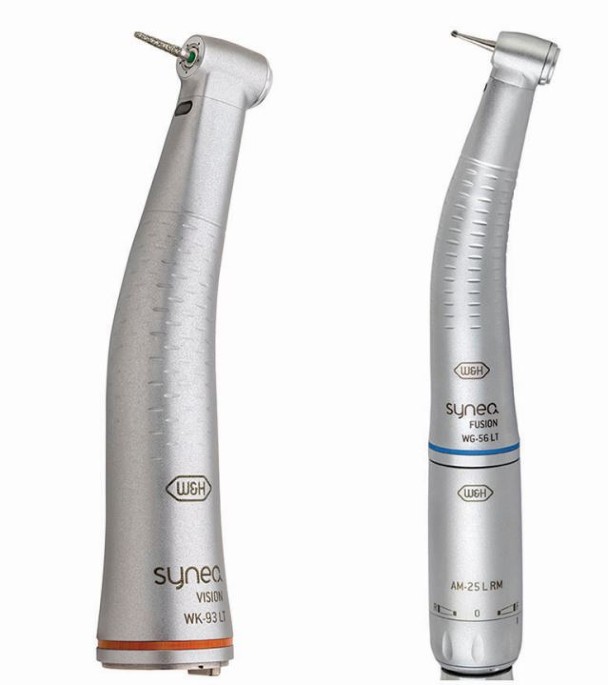
- Select a language for the TTS:
- UK English Female
- UK English Male
- US English Female
- US English Male
- Australian Female
- Australian Male
- Language selected: (auto detect) - EN
Play all audios:
The device, which incorporates a plastic container filled with artificial nutrient-rich amniotic fluid, has successfully been tested on foetal lambs equivalent in age to 23-week-old human
infants. Scientists believe it could be ready for human trials in three to five years. But they stress there is no question of using the system to replace a mother's womb at earlier
stages of development, raising fears of sci-fi technology that could spell the end of pregnancy. Unlike conventional incubators, the “support device” closely reproduces conditions in a real
womb. The infant's own heart circulates blood through the umbilical cord into an external machine taking the place of the mother's placenta. No mechanical pump is used because even
gentle artificial pressure could fatally overload an underdeveloped heart. Synthetic amniotic fluid enriched with nutrients flows in and out of the temperature-controlled container. The aim
is to provide an environment in which tiny premature babies can safely develop their lungs and other organs during the critical period from 23 to 28 weeks after conception. Dr Alan Flake,
director of the Center for Fetal Research at the Children's Hospital of Philadelphia, US, said: “Our system could prevent the severe morbidity (illness) suffered by extremely premature
infants by potentially offering a medical technology that does not currently exist. “These infants have an urgent need for a bridge between the mother's womb and the outside world.
"If we can develop an extra-uterine system to support growth and organ maturation for only a few weeks, we can dramatically improve outcomes for extremely premature babies. “This system
is potentially far superior to what hospitals can currently do for a 23-week-old baby born at the cusp of viability. "This could establish a new standard of care for this subset of
extremely premature infants." Six pre-term lambs were used in tests of the most recent version of the device, which evolved from a glass tank to the biobag design over a period of three
years. Animals “breathed” and swallowed normally, opened their eyes, grew wool and developed properly functioning nerves and organs, said the researchers writing in the journal Nature
Communications. The lambs remained in the “womb” for up to a month. While most were humanely killed to allow analysis of their brains, lungs and other organs, a few were allowed to survive
and were bottle-fed. Dr Flake said as one of the survivors reached a year old: “They appear to have normal development in all respects." Dr Flake said there was no technology “even on
the horizon” that could replace a mother's womb at the earliest stages of foetal development. “There's a lot of sensationalistic conversation about supporting humans artificially
from embryo forward,” he said. “I would be very concerned if other parties wanted to use this device to try to extend the limits of viability.“ At infant prematurely born at 23 weeks weighs
less than 600 grams and has a 30 per cent to 50 per cent likelihood of survival. Those that do survive have a 90 per cent probability of suffering chronic lung disease or other effects of
being born with immature organs. There is a high likelihood of lifelong disability. A major technical hurdle still to be crossed is downsizing the system to make it suitable for human
infants, which are a third of the size of the lambs used in the study. LIFE IN THE WOMB - 9 MONTHS IN JUST 4 MINUTES British expert Professor Colin Duncan, from the University of Edinburgh,
said: “This research isn't about replacing the womb in the first half of pregnancy. "It is about the development of new ways of treating extremely premature babies. “The
researchers supported the growth and development of extremely premature foetuses within a bag of fluid where the foetus pumps its own blood through an artificial placenta. “This is a really
attractive concept and this study is a very important step forward. "There are still huge challenges to refine the technique, to make good results more consistent and eventually to
compare outcomes with current neonatal intensive care strategies.“







